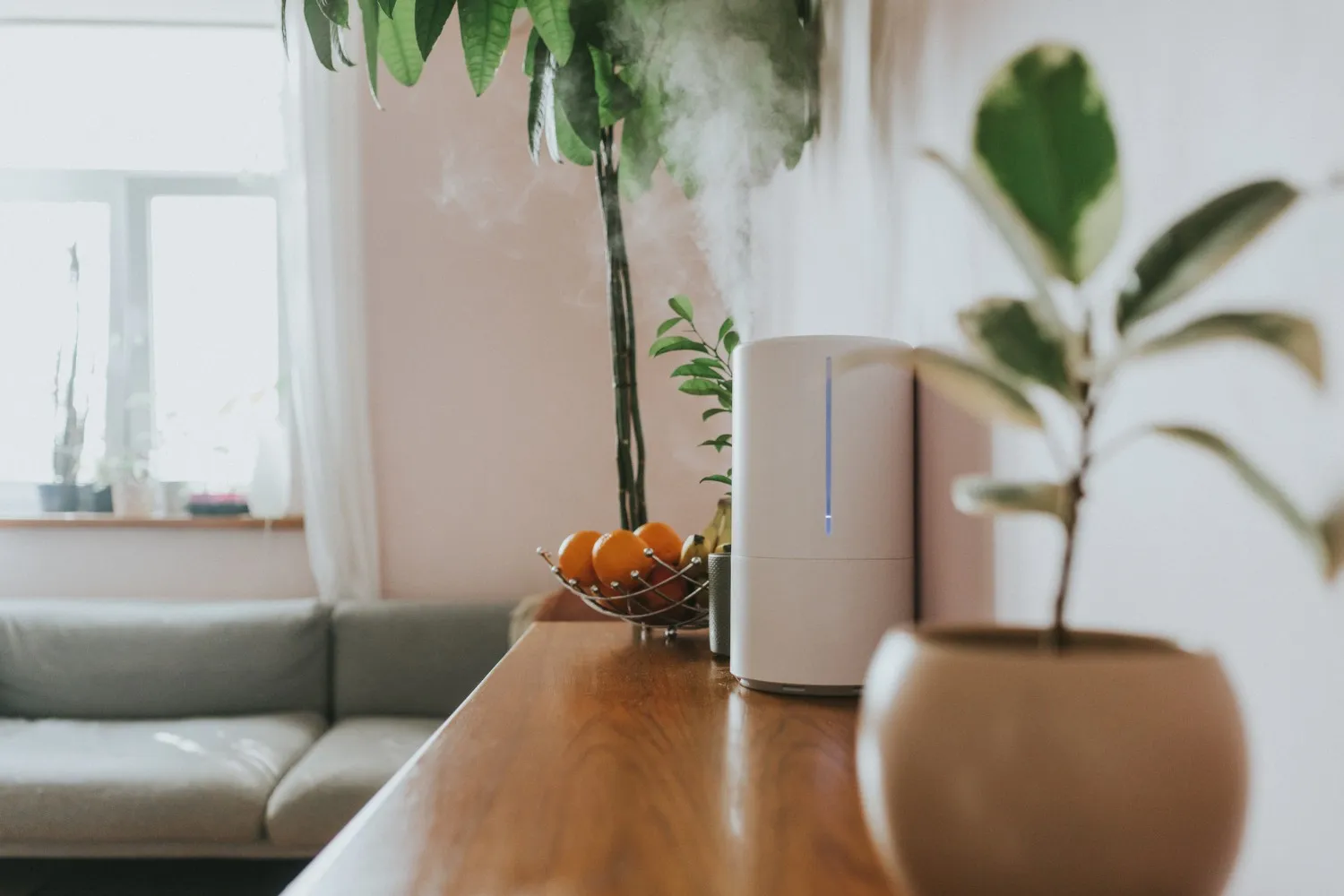
Common Indoor Air Quality Problems
Homes in Bell Gardens, like many in urban and suburban environments, can face a variety of indoor air quality challenges. These often stem from everyday activities, building materials, and external factors.
Common Pollutants
- Dust and Particulates: These are visible or microscopic particles that include dust mites, pollen, pet dander, mold spores, and fibers from carpets and furniture. These are major triggers for allergies and respiratory issues.
- Volatile Organic Compounds (VOCs): These are gases emitted from certain solids or liquids, including paints, cleaning supplies, disinfectants, air fresheners, building materials, and furnishings. Exposure to VOCs can cause headaches, nausea, and can have long-term health effects.
- Mold and Mildew: Thrive in damp environments and release spores into the air. Mold exposure can cause allergic reactions, respiratory problems, and other health issues. Common sources include leaky pipes, excessive humidity, and poorly ventilated areas like bathrooms and basements.
- Bacteria and Viruses: Microorganisms can circulate through the air, contributing to the spread of illness.
- Carbon Monoxide: An odorless, colorless gas produced by incomplete combustion from sources like furnaces, stoves, and vehicle exhaust. High levels are dangerous and even fatal.
- Excessive or Insufficient Humidity: Air that is too dry can irritate nasal passages and skin, while air that is too humid encourages mold growth and dust mites.
Recognizing the signs of poor IAQ is important. You might notice persistent odors, excessive dust buildup shortly after cleaning, feeling sick or congested only when inside your home, or experiencing a worsening of allergy or asthma symptoms while indoors.
Our Comprehensive Indoor Air Quality Services
Addressing indoor air quality requires a tailored approach because every home is different. Power Pro Plumbing offers a range of professional indoor air quality solutions designed to identify specific issues and implement effective strategies for cleaner air in your Bell Gardens home.
- Indoor Air Quality Testing and Assessment: The first step is often to understand exactly what's in your air. Professional testing can identify pollutants like mold spores, allergens, VOCs, and carbon monoxide, providing a clear picture of your home's air quality profile. An assessment of your home's ventilation, humidity levels, and potential pollutant sources helps us recommend the most appropriate solutions.
- Air Filtration Solutions: Upgrading your home's air filtration system is a fundamental way to capture airborne particles. We can help you choose the right filters for your HVAC system, considering factors like MERV ratings (Minimum Efficiency Reporting Value). Higher MERV ratings indicate filters that capture smaller particles, such as pollen, pet dander, and mold spores.
- Air Purification Systems: Beyond standard filtration, air purifiers can actively clean the air using various technologies. This includes HEPA filtration for capturing tiny particles, activated carbon filters for removing odors and VOCs, and other advanced systems designed to neutralize airborne contaminants. These systems can be integrated into your existing HVAC system or used as standalone units.
- Duct Cleaning and Sealing: Your home's ductwork acts as the pathway for conditioned air, but it can also accumulate dust, dirt, allergens, and even mold over time. Regular duct cleaning removes this buildup, preventing these pollutants from being continuously circulated throughout your home. Additionally, leaky ducts can draw unfiltered air from attics, crawl spaces, and wall cavities into your living areas.
- Humidity Control: Maintaining balanced humidity levels is key to comfortable and healthy indoor air. If your home is too dry, we can install humidifiers to add moisture to the air. If it's too humid, dehumidifiers can remove excess moisture, helping to prevent mold growth and reducing discomfort.
- UV Germicidal Lights: Installed within your HVAC system's ductwork, UV lights use ultraviolet radiation to sterilize airborne pathogens like bacteria, viruses, and mold spores as they pass by. This technology adds an extra layer of protection against biological contaminants.
- Ventilation Solutions: Sometimes, improving IAQ requires increasing the exchange of indoor air with fresh outdoor air. We can assess your home's ventilation and recommend solutions like energy recovery ventilators (ERVs) or heat recovery ventilators (HRVs) that bring in fresh air while minimizing energy loss.
Each of these solutions works in conjunction with your existing HVAC system to create a healthier indoor environment. By removing or neutralizing pollutants at their source or as they circulate, they significantly reduce your exposure to airborne contaminants.

